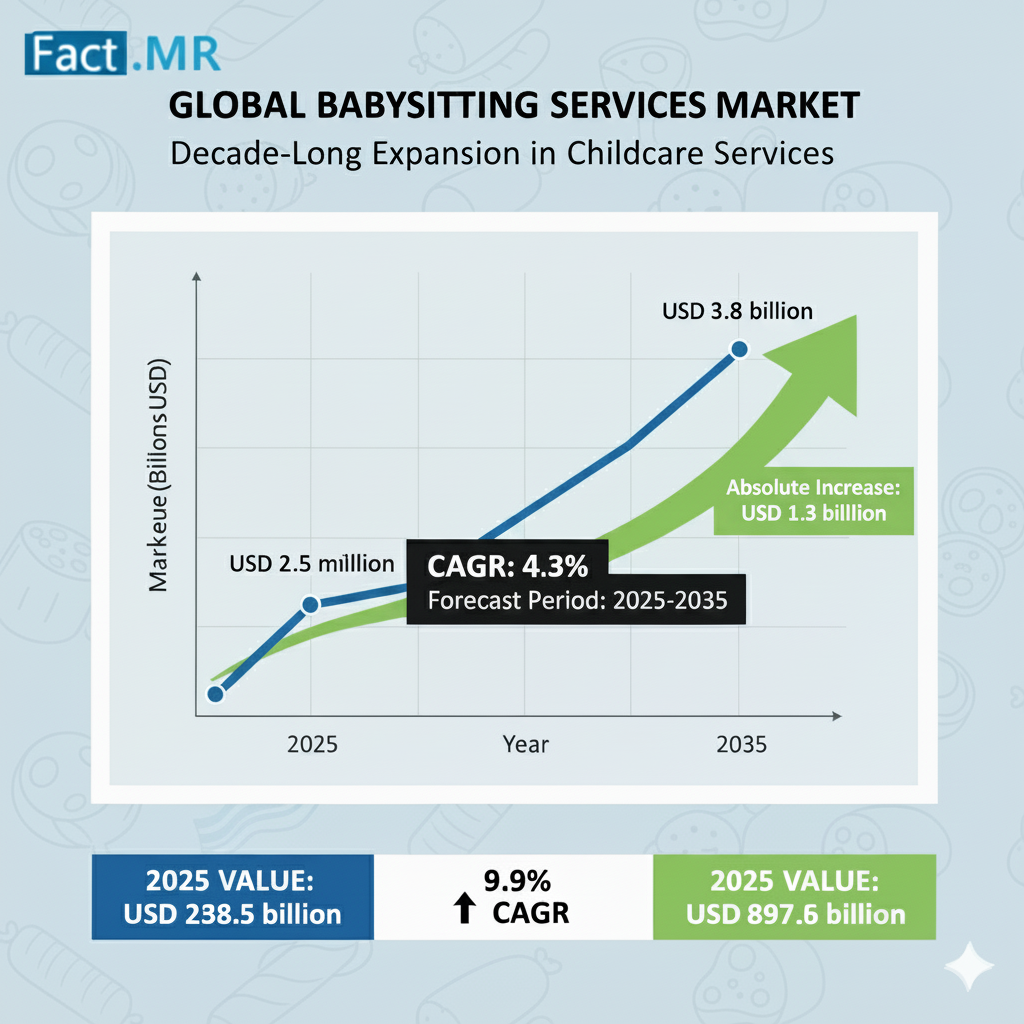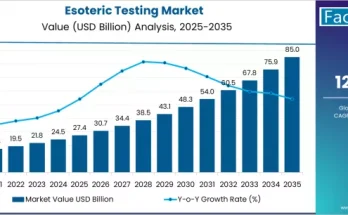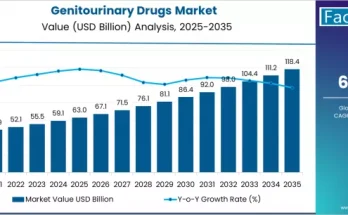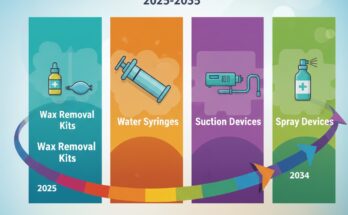The global babysitting services market is projected to increase from USD 2.5 billion in 2025 to USD 3.8 billion by 2035, with a CAGR of 4.3% during the forecast period. according to recent industry projections. This steady growth trajectory underscores the sector’s rising importance in supporting dual-income households, working parents, and urban professionals balancing modern career demands with family responsibilities.
The expansion of professional babysitting services signals a structural transformation in how families approach childcare—shifting from informal care arrangements toward flexible, reliable, and professionally managed childcare solutions.
Key Market Highlights:
- Market Size (2025): USD 2.5 billion
- Forecast Market Size (2035): USD 3.8 billion
- CAGR (2025–2035): 4.3%
- Leading Type Segment: In-Home Babysitting
- Leading End-Use Segment: Households
- High-Growth Regions: Mexico (5.6% CAGR), Vietnam (7.2% CAGR), Canada (6.0% CAGR)
- Prominent Players: Care.com, Rockmybaby®, White House Nannies, A Nanny for U, WeeSitt, Hello Au Pairs, and others
A Growing Market for Professional Childcare:
The global babysitting services industry is being reshaped by macroeconomic and social trends. The rise in dual-income families, rapid urbanization, and longer working hours have collectively heightened the demand for structured and trustworthy childcare solutions.
According to the U.S. Census Bureau, working mothers now account for nearly 32% of all working women, highlighting a demographic increasingly reliant on dependable childcare. Similarly, UNICEF estimates that over 35 million children under five years old are occasionally left without adult supervision due to busy parental schedules—a pressing social issue fueling the demand for professional babysitting services.
From 2025 to 2035, the market will expand steadily each year, crossing USD 3 billion by 2029 and USD 3.8 billion by 2035. This growth reflects the rising appeal of personalized, professional in-home childcare that ensures both safety and developmental enrichment.
Key Market Drivers:
1.Dual-Income Households Driving Dependable Childcare Demand: The increasing participation of women in the workforce and the prevalence of dual-income households are major catalysts for the babysitting services industry. Working parents are turning to trained babysitters for part-time, full-time, or emergency care as they balance demanding careers with family needs. Urban centers—where commuting times are long and family support networks are limited—are witnessing especially high adoption rates.
2.Urbanization and Busy Lifestyles Reshaping Family Structures: In densely populated cities, families often lack access to extended family care. As urban lifestyles intensify, the need for professional babysitting services that provide convenience, safety, and structured routines has become a necessity. Parents now prioritize caregivers who can integrate educational and recreational activities alongside supervision, fostering holistic child development.
3.Awareness of Child Safety and Early Development:Modern parents are more informed about the importance of early learning and emotional well-being. Babysitting services are increasingly expanding beyond supervision to include structured developmental programs, educational games, and early learning support. Providers emphasizing certified caregivers, safety compliance, and skill development are gaining a competitive edge.
Challenges and Market Constraints:
1.High Service Costs:The cost of professional childcare remains prohibitive for some households, particularly in urban areas. This limits accessibility and requires flexible pricing models to expand market reach.
2.Shortage of Trained Caregivers:The supply of certified babysitters trained in first aid, child psychology, and safety procedures continues to lag behind demand. Investment in caregiver training and certification will be pivotal for scaling operations.
3.Safety and Liability Concerns:Trust and safety are critical differentiators in the market. Providers must uphold stringent background checks, insurance coverage, and regulatory compliance to safeguard their reputations and consumer confidence.
Regional Outlook:
1.North America: North America remains the largest market, driven by a strong culture of childcare services, robust digital booking platforms, and high female workforce participation. The United States and Canada together account for a significant share of the market, supported by growing demand for both regular and on-demand babysitting.
2.Europe: European markets such as the U.K., France, and Germany are witnessing stable growth supported by family-friendly policies, childcare subsidies, and social initiatives that promote work-life balance.
3.Asia Pacific: The Asia Pacific region is set to be the fastest-growing market over the next decade, with urban centers in Vietnam, India, China, and Japan driving demand. Rising disposable incomes, smaller family structures, and a shift toward formal childcare services are creating major business opportunities.
4.Latin America: Countries such as Mexico are experiencing a surge in demand for babysitting services as dual-income households rise. Government childcare initiatives and growing awareness of child development are accelerating the trend.
Category Insights:
– In-Home Babysitting Leads Growth: Offering one-on-one care in familiar surroundings, the in-home segment dominates the market due to its personalized and flexible nature.
– Household End-Use Dominates: Families represent the largest client base, particularly dual-income and single-parent households seeking regular, trusted childcare.
Competitive Landscape:
The babysitting services market is highly fragmented, featuring both local agencies and global digital platforms. Key players such as Care.com, UrbanSitter, Sittercity, and Rockmybaby® are leveraging technology for secure bookings, verified profiles, and real-time availability.
Emerging platforms are differentiating through added value—offering child development programs, real-time monitoring, and subscription-based models for frequent users.
Recent industry developments include:
– KinderCare Learning Centers LLC (Sept 2023) partnering with the University of Notre Dame to launch on-campus childcare for infants and toddlers.
– Roper Technologies (Jan 2024) acquiring Procare Solutions for USD 1.86 billion, expanding digital childcare management services to over 35,000 centers.
A Market of Opportunity and Transformation:
The babysitting services market is evolving from an informal sector into a structured global industry that blends technology, safety, and developmental expertise. With the global market expected to touch USD 3.8 billion by 2035, industry leaders and investors are poised to capitalize on opportunities in digital childcare platforms, training and certification programs, and premium in-home services.
As modern lifestyles continue to evolve, babysitting services will no longer be a luxury but a fundamental component of urban family life—creating space for innovation, inclusivity, and scalable growth worldwide.
Browse Full Report-https://www.factmr.com/report/babysitting-services-market



